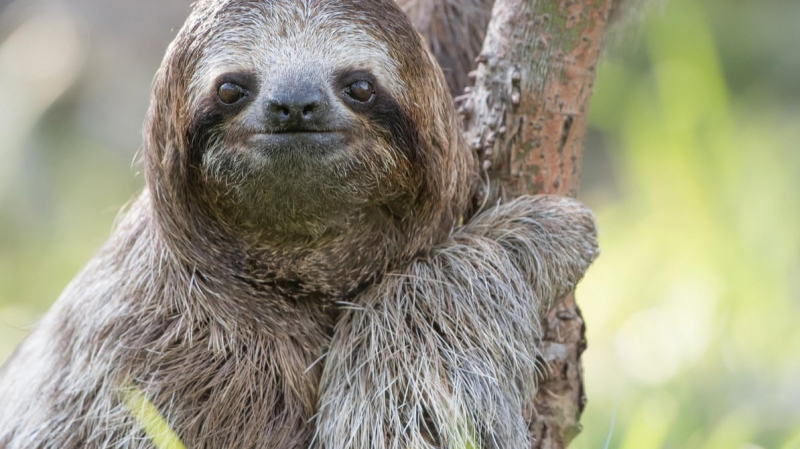Which mammal is the slowest?
The sloth is the world's slowest mammal. It spends the most of its life alone, hanging from tree branches, eating shoots and leaves, sleeping (up to 15 hours a day!), mating, and giving birth. The sloth uses powerful, curled claws on each of its four feet to grip tree branches. It is a nocturnal species that travels slowly and occasionally forages for insects. Sloths are distinguished by their small, flat skull, large eyes, short nose, short tail, long legs, and tiny ears. They are found throughout Central and South America.
Sloths are a suborder of Neotropical xenarthran mammals that include the present arboreal tree sloths and extinct terrestrial ground sloths. Tree sloths, known for their sluggish movement, spend the most of their lives hanging upside down in the trees of South and Central American tropical rainforests. Sloths and anteaters are thought to be the most closely linked xenarthran order, Pilosa.
Sloths get their moniker from their slow metabolism and methodical motions. Sloth, like slow, literally means "laziness," and its common names in various other languages (for example, French: paresseux, Spanish: perezoso) similarly imply "lazy" or something along those lines. Their slowness allows them to consume a low-energy diet of leaves while avoiding discovery by predatory hawks and cats that hunt by sight. Sloths are nearly powerless on land, yet they can swim. The shaggy coat has grooved hair that is home to symbiotic green algae that both camouflages and nourishes the animal in the trees. The algae also feed sloth moths, some of which live completely on sloths.









